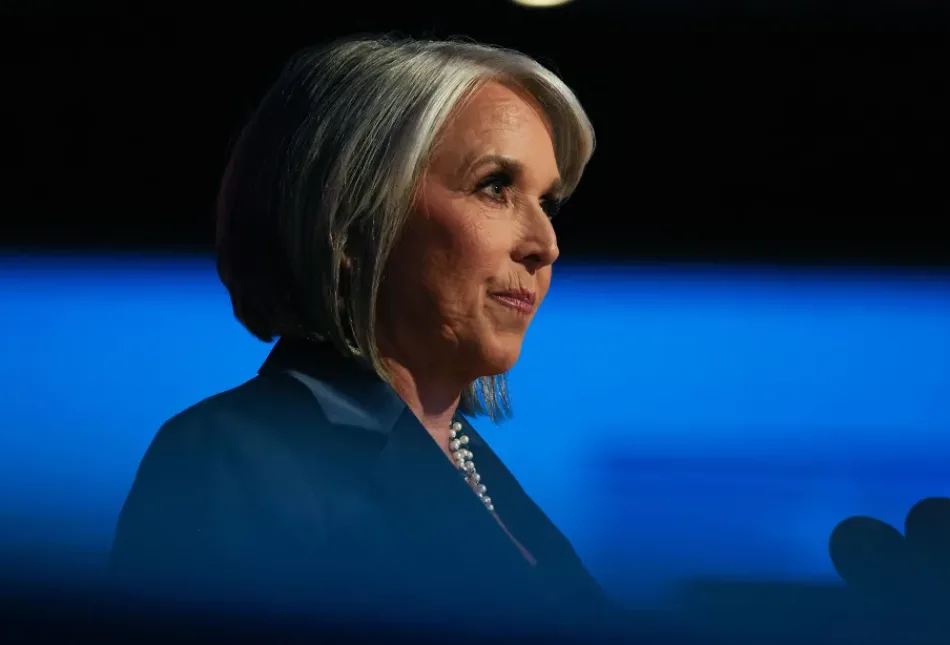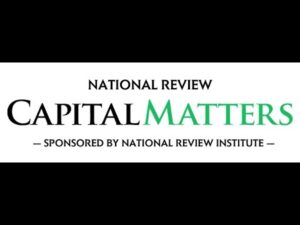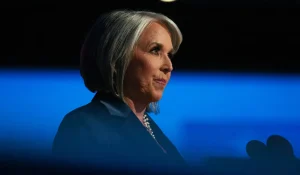RGF in National Review: New Mexico Governor Plays Game with Data to Claim Child Poverty Success

The following appeared at National Review’s Capital Matters on January 13, 2025.

For decades, New Mexico has struggled with poverty. Thanks to its blue-state model of convoluted and elevated taxes, a failing government education system, and high crime (to name just three issues), it is hard to see New Mexico’s poverty situation changing dramatically.
Sadly, this status quo has not improved even with one of the greatest oil booms in history. Between 2010 and 2023, New Mexico oil production rose tenfold.
If the state had improved its poverty ranking, it wouldn’t have come as a total shock. That jump in oil production has created state budget surpluses and provided opportunities to spend more on social programs.
Unfortunately, after six years in office, Governor Michelle Lujan Grisham (D.) has instead had to resort to pick ‘n mix statistics (others may put it differently) to make it look like her policies have improved childhood poverty. On November 21, she went on MSNBC’s Morning Joe and told the hosts, “New Mexico went from 50th in child poverty to 17th.” No qualifiers or explanation was given for this dramatic improvement.
It is just one sign of the media’s sad situation that neither host asked the governor any follow-up questions. Such dramatic improvements are hard-won and usually driven by significant policy changes. What were those changes and how did New Mexico improve so quickly?
There wasn’t really a dramatic improvement in New Mexico’s childhood poverty. Lujan Grisham is conflating two different data sets in hopes that the compliant media won’t question her.
So, what’s going on? Simply put, there are two poverty measures produced by the Census Bureau. One of those, the official poverty measure, has been used since the 1960s. It compares pretax income to standard thresholds based on family size. The other, known as the supplemental poverty measure, accounts for government transfer payments and includes variation based on the different costs of living in different parts of the country.
Lujan Grisham has repeatedly (not just on MSNBC) conflated the two measures. She has used the fact that New Mexico ranks 50th in the official measure and 17th in the supplemental measure to claim that transfer payment policies put in place by the Biden administration and the state government have reduced child poverty.
The official poverty measure attempts to place all American families on a statistically even playing field while the supplemental poverty measure represents a worthwhile attempt to factor in variables like cost of living and government transfer payments.
Each poverty measure has its pluses and minuses in understanding real conditions, but for a politician to conflate the two to claim such vast improvement based on her policies is nothing more than a sad attempt to cover her abject failure to improve child poverty.
The defeat of Kamala Harris keeps Lujan Grisham out of Washington for the time being. She was widely reported as being a potential secretary of health and human services in a Harris administration. New Mexicans, who live in one of America’s poorest states, may not see that as good news.
Paul J. Gessing is the president of the Rio Grande Foundation, a think tank based in Albuquerque, N.M. @pgessing

